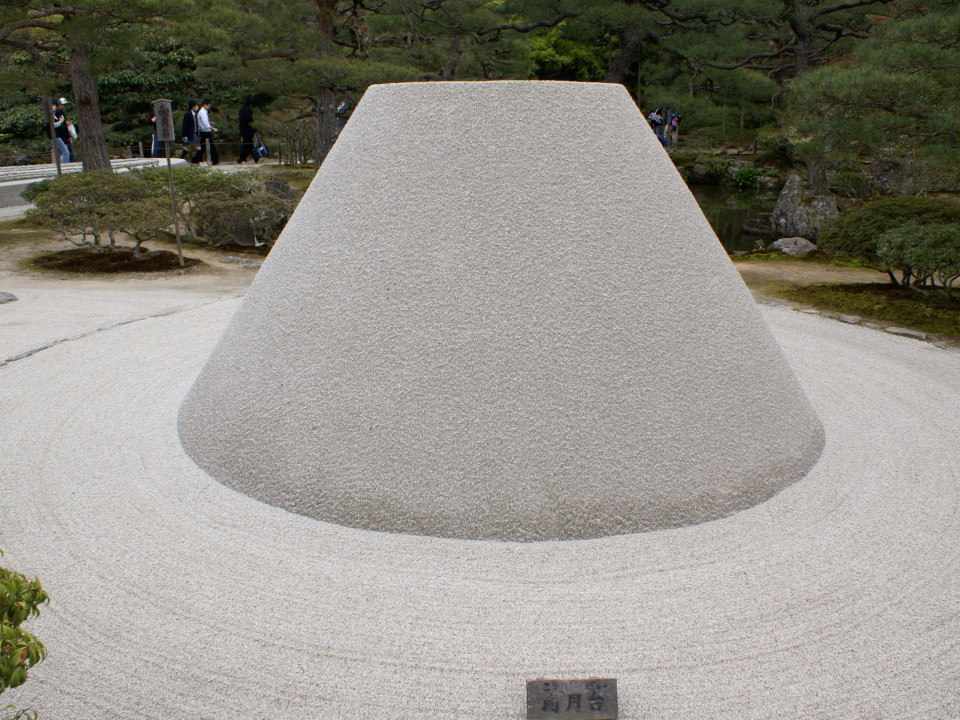Cultures of Resilience

I sometimes wonder if what we loosely refer to as ‘the arts’ have more to tell us about resilience than ‘the sciences’. Obviously that statement won’t hold up to empirical examination, but I continue to think that descriptions of resilience from ‘the arts’ make connections to human beings in more profound ways than peer-reviewed scholarly discussions.
The ‘arts’ appear to have permission to utilise emotion in presenting reality, a process viewed as heresy in the world of scientific publications. Maybe emotions connect with our humanity in ways that bring home the reality of science.
I promote the word ‘thrive’ in my discussions. A word that barely makes the scholarly cut-off, held there by my insistence that science supports a conclusion that resilience is measurable in terms of psychological growth and development. It is true, however, that the notion of ‘thriving’, has elements of emotion. Maybe that scares the pure empiricists. I’m comforted that even true empiricists love a good laugh.
All this is background to a profound project conducted by the University of the Arts, London, between 2014 and 2016. In their own words the project is titled “Cultures of Resilience (CoR) with the goal of building a ‘multiple vision’ on the role of culture in creating resilient systems, creating this vision with a set of narratives, values, ideas and projects.”
Expanding on this goal the cultural side of resilience can be achieved by bringing together “a set of narratives, values, ideas and projects that, directly or indirectly, collaborate in improving the resilience of the socio-technical systems which they refer to.”
The foundation of this project is the hypothesis that art and design communities can be significant contributors to the development of resilient societies. The argument being that ‘the arts’ has a unique perspective and skill set that can make a real difference to the way societies grow and thrive.
One of the most intriguing aspects of this project is that the various teams exploring resilience are explicitly encouraged to avoid the temptation to conform and converge towards a common definition and description.
This means that it is possible, and indeed expected that there will be a wide variety of discussions about and speculation on the whole concept of resilience.
More than that, however, the project has a set of core assertions that really feed into the idea that resilience is about thriving, not surviving.
This is advanced through the notion of “radical resilience”, where resilience is a “disruptive concept”, with characteristics of “diversity, redundancy and experimentation”. The discussion states categorically that “in a resilient society cultural diversity and creativity must flourish. Indeed, cultural diversity and creativity must be part of an integral part of any scenarios of resilient societies.”
It is worth spending some time on the Cultures of Resilience website which can be found at the link below. It is also well worth obtaining a copy of the book edited by Elio Manzini and Jeremy Tills (see below) for a much fuller description of the discussions, events and conclusions of this exciting project.
http://culturesofresilience.org/
Manzini, E & Till, J, eds (2015). Cultures of Resilience: Ideas, London: Hato Press.
ISBN 978-1-910239-10-0
Read next
A Brief Collapse of Time
We are in lockdown. What day is it? One of the most common comments on social media is the old joke about yesterday, today, tomorrow, everyday.
Read more50 Dead - Resilience Reflection #3 - Social Cohesion
We know that relationships are both protective and growth-promoting.
Read more50 Dead - Resilience Reflection #2 - Leadership
Leadership and resilience are interconnected. This isn’t a new finding, of course. But rarely do we experience examples of how leadership supports, mediates and builds leadership.
Read more

